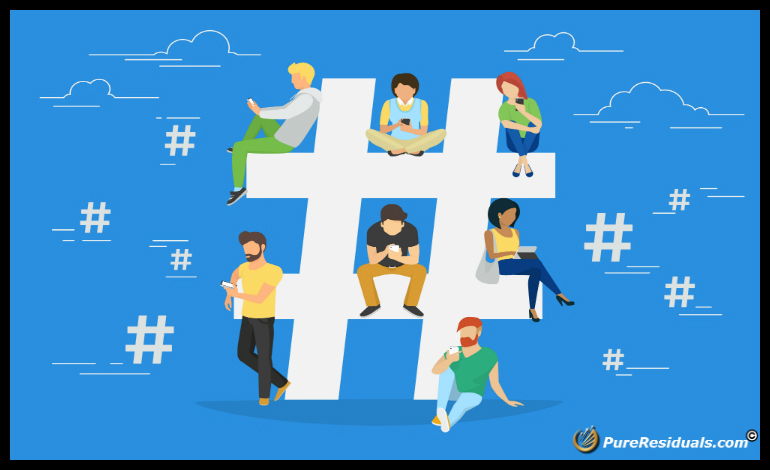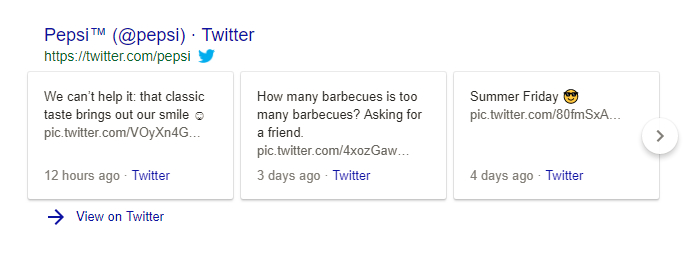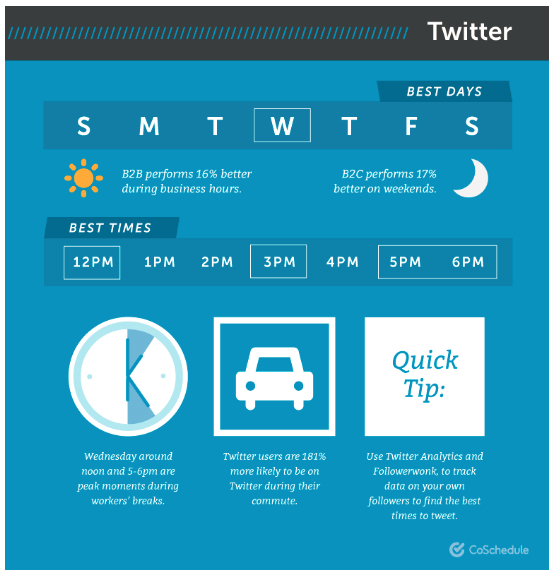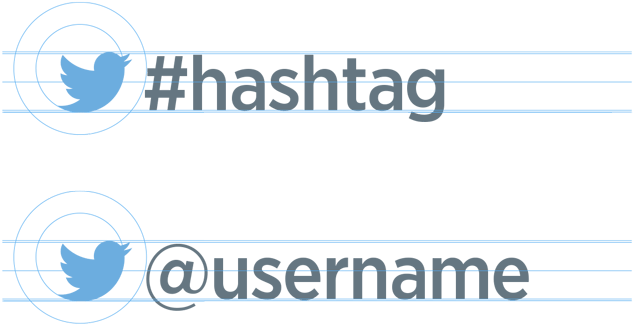Why do brands engage in Twitter activities?
Why would you bother spending time tweeting, responding, and retweeting?
We’ll be honest here: it’s not about fun. It’s a bit about connecting with your audience, but it’s mostly about marketing. You’re using Twitter because you want to boost the awareness about your brand.
Twitter helps with that! With proper activity, you can make your brand recognizable. But you know what? Twitter also helps you climb up the Google search results.
Search engine optimization (SEO) is all about developing strong content to help you build brand identity. Your activity on Twitter is a great way to combat negative reviews. Naturally, a strong social media profile will affect the search results and gain you some exposure.
But you have to do it the right way, and that’s what we’re here for today. Follow these important tips if you want to use Twitter to affect Google’s results in a positive way.
First of All, Start Using Twitter
According to the predictions by Statista, the Twitter penetration rate in the US is expected to reach 34.8% of the social media population by 2020. Given the fact that Twitter is the homeground for many culturally significant events, that projection is probably lower than what we’ll actually see happening.
The fact that so many people use Twitter makes it one of the most powerful tools for promoting your brand. You can use it to build the brand’s online identity and manage your reputation. Don’t be afraid to use bots or automation a try, too: 21 Best Twitter Bots on the Market in 2020
Let’s just do an experiment: we’ll google the name of a well-known brand. Let’s take Pepsi as an example. Right after the initial results (Top stories and Pepsi’s official website), we get a cool carousel of tweets. That’s a pretty attention-grabbing element of the search results. If you become on Twitter, you’ll get there.
Build Your base of Followers
If you thought it would be enough to start a Twitter profile to end up with a carousel in the search results, you were wrong. It takes quite a bit of effort to get there. The first and most important thing you need to do is start building connections.
The number of followers you have is not a key criterion, but you absolutely need interactions with your tweets if you want them featured in the search results. To get interactions, you clearly need your base of loyal followers.
Do not purchase fake followers! That doesn’t work because you need interactions, remember? Take your time to build connections, no matter how much of a commitment that takes. Follow popular people, share cool tweets, and just communicate!
Tweet Away
When compared to Facebook and Instagram, Twitter requires greater activity. You’ll get noticed solely if you tweet frequently.
That doesn’t mean you should share a huge burst of tweets and go silent for a couple of days before you repeat the activity. It means you need to tweet consistently, at least three times per day.
Natalia Conrad, part of the marketing team at Assignmenthelper, shares an important tip with us: “If you get really active on Twitter and you attract engagement, you’ll get that carousel in the results. But if you stop tweeting for some time, the carousel will go away. It’s based on recent tweets. Salman Rushdie no longer gets it, since he’s not active on the network at this point.”
So develop your schedule! Plan to tweet every single day for at least a couple of times.
Tweet During Activity Peaks
Sharing tweets is important, but it’s also important to do it at the right time.
The nice folks at CoSchedule did everyone a favor: they combined the results of 23 studies to identify the best times to post on social media. As it turns out, the best time to tweet is between 12 and 3 p.m. The peak is at 5 p.m. The audience of some niches may be more active during weekends, but the general rule is that people use Twitter mostly during the workweek.
So if you want your audience to see your tweets (of course you want that!), you need to post during activity peaks. The information provided by CoSchedule is based on general activity tracking. It’s a recommendation, but it doesn’t necessarily mean that it works for your type of business.
For B2B brands, for example, it’s clear that the engagement will peak during the workweek. But if you’re a B2C brand, you’ll want to tweet on weekends, too. The important thing is to try tweeting at different times of the day and track the results. You’re the one who has to discover when your audience is at its activity peak.
Attract Interactions
If you want Google to appreciate your Twitter activity, you have to do more than just tweet. This means you cannot limit yourself to tweeting sales announcements or other self-centered content.
Remember this once and for all: it’s all about the audience. When you develop content for marketing purposes, that’s the main rule to follow. It doesn’t matter whether it’s a blog post, article, website content, or a simple tweet. It has to serve some purpose for the audience.
Share information and news about the company, but do it in a way for your followers to benefit from your information. If you have some troubles with writing, you can always ask for some help on A-Writer, College-Paper or Prowritingpartner. Twitter is a relaxed environment, so you can also joke around as long as you’re not offending anyone.
Don’t focus solely on attracting interactions. Follow popular Twitter accounts and interact with them! You can follow other companies, influencers, or just normal Twitter users. When you engage with the community, it will return the favor.
Get Into the Hashtag Groove
Hashtags help people find your tweets on Twitter. But you know what? Hashtags also make your tweets searchable on Google.
Find popular hashtags that are somehow connected to your niche. Don’t suffocate the tweet with hashtags, though. One to two relevant hashtags are more than enough. Relevant means that they have to be related to the actual tweet, and they should be related to the interests of your audience.
You can also create your own hashtag on Twitter, so people will identify it with your brand. Promote it on other social media channels (Facebook and Instagram). If you organize a contest around a hashtag, it will get really popular. Needless to say, that popularity will reflect itself on Google’s search results.
Twitter is fun! Don’t forget that humor and engagement are the driving forces of this network, even when you use it for business purposes. When you start sharing witty and relevant tweets, your overall content marketing campaign will gain on effectiveness.
About the Author













